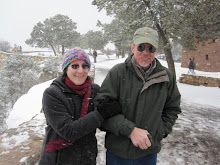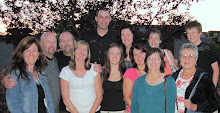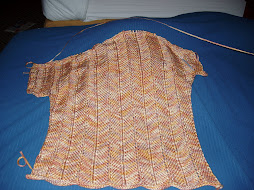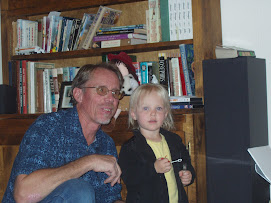Saturday, November 01, 2008
Boy, I’m really moved by this book, Coming Home to Eat. From the subtle nagging thoughts in the back of my mind have come a full blown fear and realization, that I, indeed most of the inhabitants of this country, could not survive in our own homelands without food products from other regions and even other countries. My staple food is rice, and as far as I know, rice is not indigenous to the desert southwest. What would I do if the trucking industry were crippled for 6 months??? I have enough food storage to last that long, but as I read the labels on the foods I’ve stored, few of them are actually grown in Arizona, and the foods that grow here naturally are practically unknown to 95% of us. I have a forest of mesquite trees around me, and I can easily harvest the pods, but I have no idea how to make flour from them, nor do I have recipes to use it well. I’m not even sure yet where to find a grinder to use. Sorry, but I don’t want to hand-grind, I’m just not that strong. I have a lot of work to do if I want to be able to live a sustainable life on this arid land I call home.
I’m a 3rd generation Arizonan, raised on a ranch by children of farmers. We grew cattle, sustained by wild grasses and natural spring waters. In the 1960’s through the late 1990’s, homemade and homegrown had a pretty negative connotation. My mother and grandmother made most of our clothing, while most of my friends’ wore store bought. We ate ‘organic’ beef before the word even existed, along with venison, home-butchered chickens, homemade applesauce, apple butter, currant jelly, even prickly pear jelly. We weren’t considered an important part of the food chain, we were considered country-cowboys that couldn’t do any better.
Indeed, one sign of affluence in many cultures is the ability to buy goods from other cultures and countries. Why were teas and spices so expensive throughout the ages? Because they grew well only in certain areas of the world. Wisely, the people of those regions protected their crops and knowledge, ensuring that the world would keep calling at their door. Every culture and most countries consider themselves wealthy only when they control materials valued by others, and glory in the ability to buy exotics from the world over. It is that mindset that has fueled our obsession with Japanese, European, Chinese and Indian foods, religions and other products. There has historically been a disdain for local grown foods, locally made clothing or products. This has created such a lopsided economy that we can’t even sustain ourselves without outside help. The corn we buy in the grocery stores has little similarity to the corn that has been grown in the Southwest for millennium. I grow a garden every year, but most of the seeds I have used in the past are hybrids of European vegetables, and they are poorly equipped to survive the arid, hot summers here. In fact, it has been extremely difficult to find seeds for the southwest, and after reading this book I understand why- there are only a few commercial seed companies left in the WORLD, and they have no interest in providing local seeds that they can’t patent.
Anyone interested in growing seeds well adapted to their own areas have to search deeply- typically in local natural food stores or through local organic farmers. Thank heavens there have been grass-roots harvesters deeply committed to saving heritage seeds from all over the US and parts of Mexico! With the internet it’s become easier to find them, and I plan to buy native seeds this year, and start growing locally adapted squash, beans and maybe even corn. Now it’s time to get off my soapbox, and get on with gardening!
Subscribe to:
Post Comments (Atom)










































































































































No comments:
Post a Comment